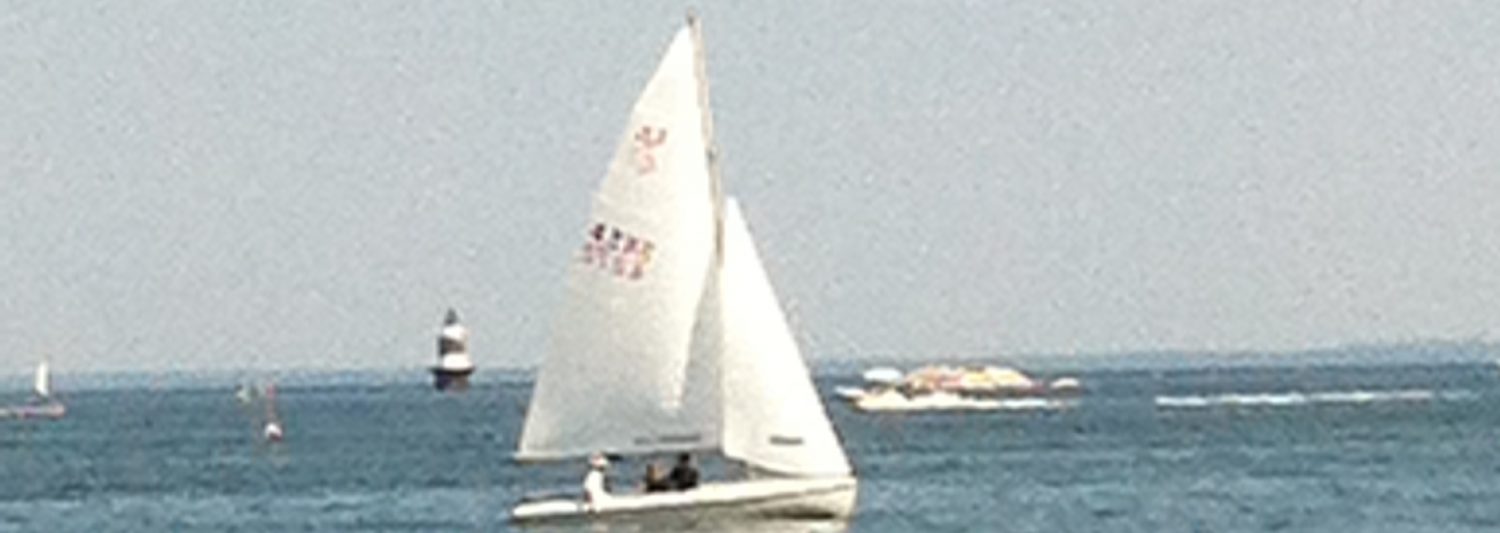For whatever reason, Stanislaus Markoski stopped working for Lyman Mills about 1914; however, mill work was not over for him. The 1915 Holyoke Directory lists him as working at Norman Paper Company, but that was short-lived. He then worked for Parsons Paper Company from 1916 to at least 1922.
Parsons Paper was founded in 1853 and established its second (which later became its main) plant on Sergeant Street, right between the two canals. It was th first of many different paper mills in Holyoke, which became known as “Paper City”. Parsons’ specialty was high-quality paper – the kind of paper with cotton in its fibers. The company that Parsons ended up merging with went bankrupt in 2005 and the mill closed its doors. In 2008, the building burned down due to arson.
Stanislaus’ 1918 World War I Draft Registration said that his occupation was “paper maker”, so I am sure that he was in the thick of mill operations. Unlike Lyman Mills, Parsons Paper did not seem to run its own tenements for the workers, so the Markoskis began living in different apartments and houses in the neighborhood: on Prospect Street, Walnut Street, 29 and then 30 Fountain Street for five years.
I believe that Stanislaus’ job must have left him some spare time, for the 1921 – 1926 city directories show that he was the secretary of the Tadeusz Koscuisko Club (misspelled Kosciuski Club)! The Koscuisko Club was founded in 1909, so perhaps Stanislaus was one of its earliest members. If I could find the records of this club, perhaps I could even find records that Stanislaus himself created! The internet does not lend much information, other than the club was located at 119 Lyman Street while Stanislaus was there. Sadly, the club dissolved in 2012. It does not appear to have been part of a national organization, so I’m not sure where the records might have gone. It doesn’t seem that the Wistariahurst Museum or the library has them, although I could see if the library might know where the records went. (Another action item.)
1927 marked a big change for the Markoski family: they moved from their home at 101 Walnut Street in Holyoke to a small farm in South Hadley (across from the river), at the corner of Lathrop and Brainerd. (Side note: I remember going for a ride through South Hadley with my grandparents, and my grandfather pointing out where they had lived. It was kind of rural even then.) From 1927 to 1930, the city directories listed Stanislaus as a “rubber worker”, and the 1930 Census listed him as a farmer. (Perhaps his side-line was farming?) I don’t think South Hadley had any rubber factories at the time, but its neighbor to the south, Chicopee, was the headquarters of Fisk Rubber Company, which made tires. My guess is that where Stanislaus was employed.
The 1931 City Directory stated that Stanislaus and Johanna had “removed to Brooklyn” – but did they? And why would they move from this peaceful little farm? Tune in next time!






